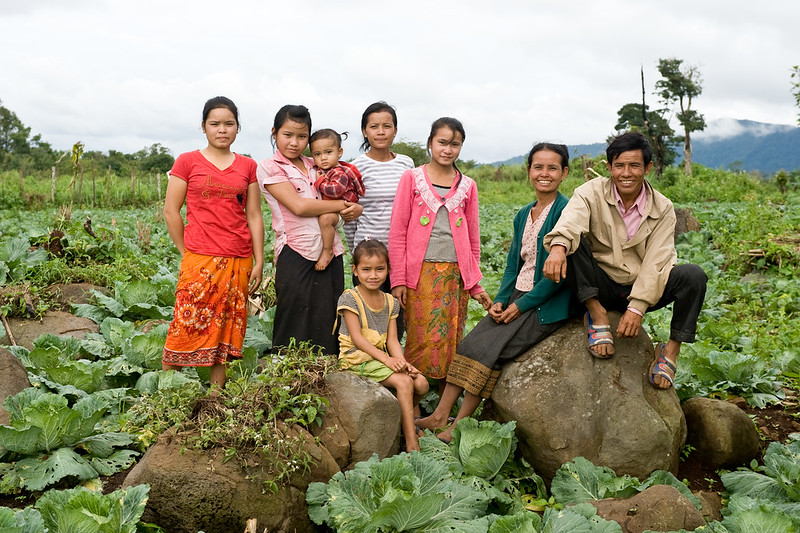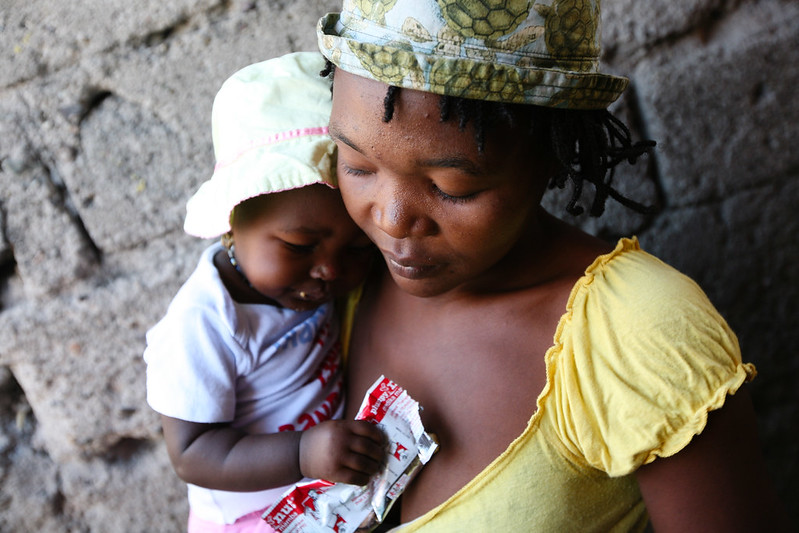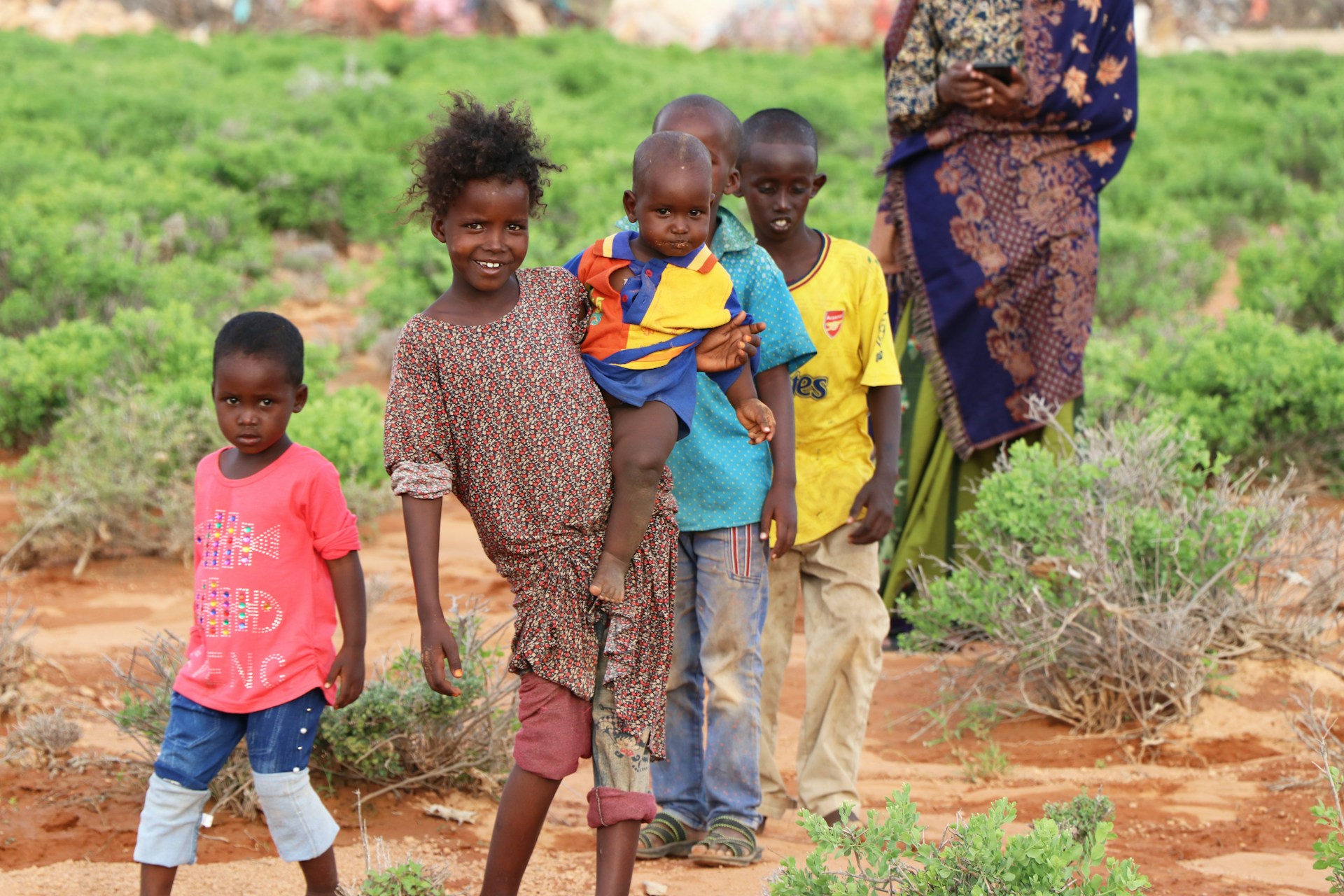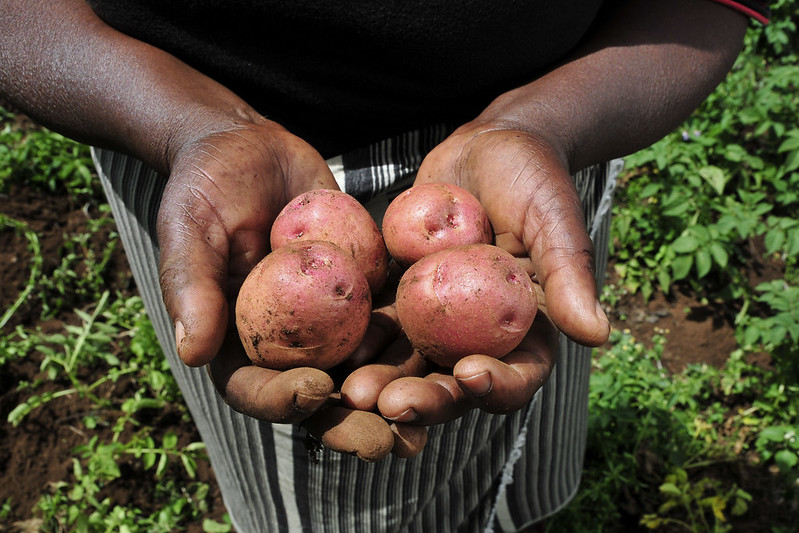 Vitamin A deficiency affects approximately 140 million children worldwide, posing serious public health challenges, including weakened immunity, stunted growth and potential blindness. Since 2009, the International Potato Center (CIP), a component of CGIAR, has led initiatives to combat this deficiency, especially in Africa and Asia. Their solution includes the development of a climate-resilient, biofortified orange-fleshed sweet potato (OFSP). This innovation aims to address significant global challenges like malnutrition and food scarcity.
Vitamin A deficiency affects approximately 140 million children worldwide, posing serious public health challenges, including weakened immunity, stunted growth and potential blindness. Since 2009, the International Potato Center (CIP), a component of CGIAR, has led initiatives to combat this deficiency, especially in Africa and Asia. Their solution includes the development of a climate-resilient, biofortified orange-fleshed sweet potato (OFSP). This innovation aims to address significant global challenges like malnutrition and food scarcity.
Combating Vitamin A Deficiency
CIP’s innovative crop plays a crucial role in combating vitamin A deficiency. Consuming just 125 grams of boiled orange-fleshed sweet potato (OFSP) can fulfill the daily vitamin A requirements for preschool-aged children, addressing malnutrition effectively. Researchers have released more than 100 pro-vitamin A sweet potato varieties in more than 20 countries, adapting each to local environmental conditions to ensure their success.
Nutritional and Health Benefits
While OFSP is rich in pro-vitamin A, biofortified potatoes developed by CIP also provide a wealth of essential nutrients. 100 grams of boiled potatoes can provide 16% of the daily potassium and 30% of the daily vitamin C needs. Recently, new varieties contain 40 to 80% more iron and zinc, with an absorption rate of 29%. Due to OFSP, there has been a 22% reduction in vitamin A deficiency in 17 African countries.
Reaching Households
CIP’s biofortified sweet potato initiative currently benefits more than 6.4 million households, a number that’s projected to climb as the organization aims to reach 10 million households within the next five years. Studies reveal significant nutritional impacts: in Mozambique, incorporating Orange-Fleshed Sweet Potatoes (OFSP) into children’s diets has slashed vitamin A deficiency by 15%. Meanwhile, in Kenya, the incorporation of sweet potato puree into bread and buns has not only enriched food with essential nutrients but also spurred economic activity, generating more than $1 million in annual sales. Consuming just two slices of bread made with OFSP puree meets 10% of an adult’s daily vitamin A requirement.
Biofortified Sweet Potatoes in the Face of Harsh Climates
The continent of Africa contributes less than 5% of global greenhouse gas emissions and yet it is disproportionately impacted by changing weather patterns. By 2040, temperatures are expected to rise by 2 degrees Celsius. This not only presents a huge risk to food security but will have a severe impact on smallholder farmers who produce 90% of sub-Saharan Africa’s food. OFSP is a drought-resistant crop. More than 10 million households in Africa and South Asia now grow this crop. Furthermore, in addition to OFSP, CGIAR is developing more than 350 biofortified and climate-resistant crop varieties to benefit more than 50 million people in 41 countries.
Future Prospects
The sweet potato program at the International Potato Center (CIP) has gained acclaim for its significant impact on global food security. In 2016, CIP researchers received the World Food Prize for their work in enhancing nutrition and food security through the cultivation of this crop. Continuing into the 2022-2024 period under the CGIAR Investment Prospectus, there is a strategic focus on transforming systems and bolstering resilient agrifood systems. This initiative champions the development of nutrient-rich and climate-resilient crops, including the biofortified sweet potato, aiming to secure a sustainable future for millions of smallholder farming families worldwide.
– Ellisha Hicken
Ellisha is based in London, UK and focuses on Technology and Solutions for The Borgen Project.
Photo: Flickr

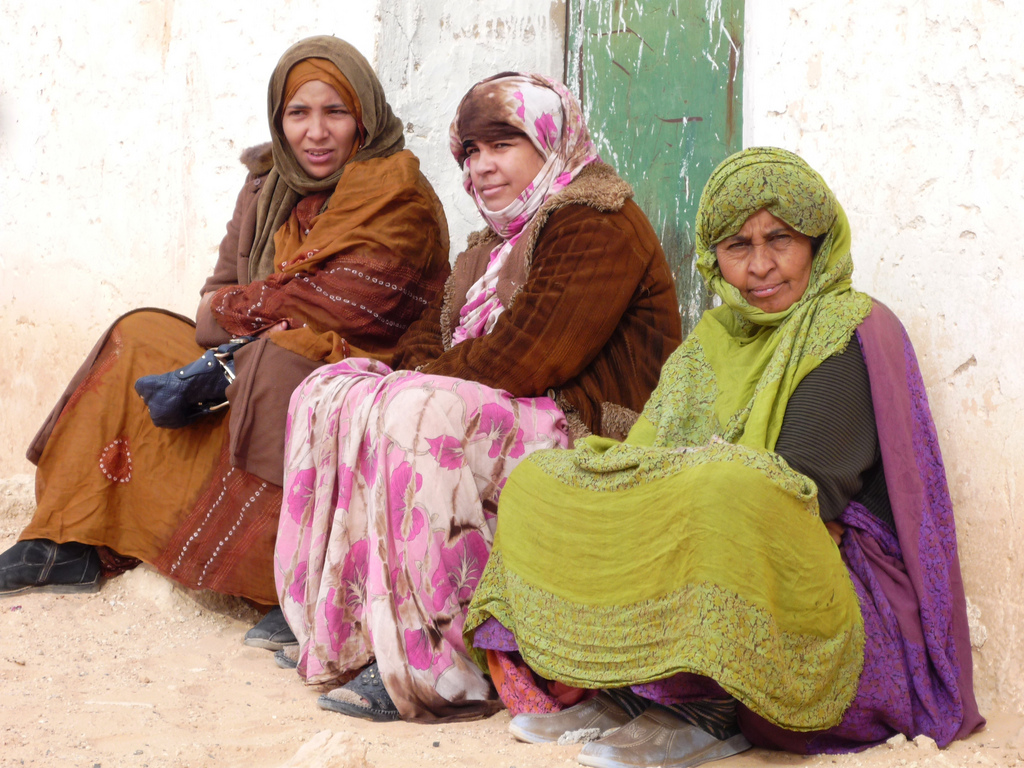
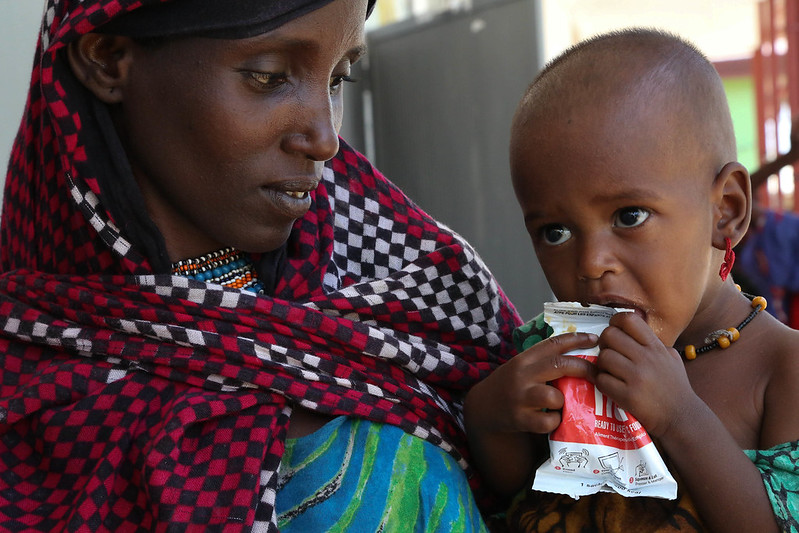
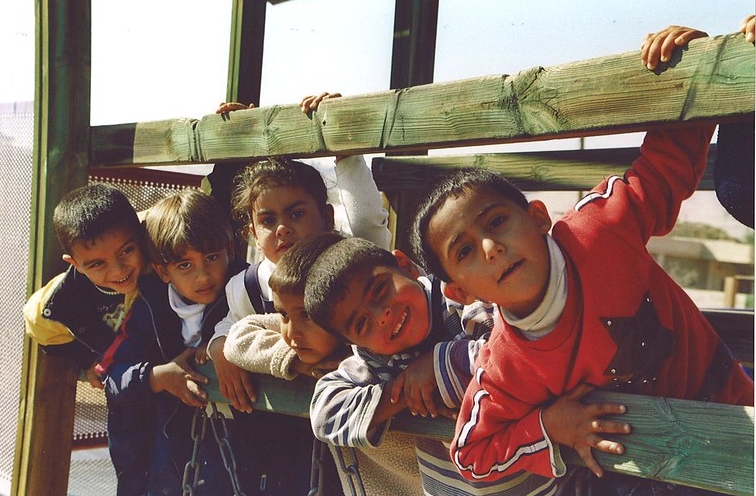
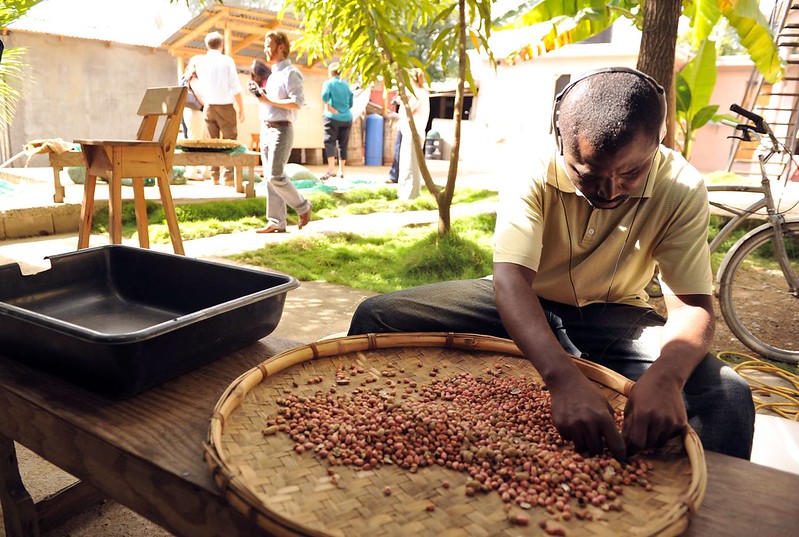
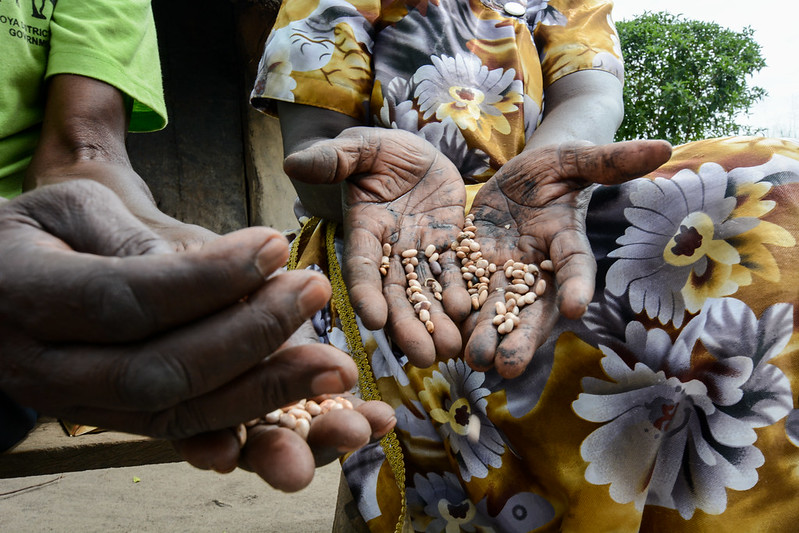 In the border regions of Kassala and Blue Nile in
In the border regions of Kassala and Blue Nile in 